How Language Teachers Can Make Money On YouTube?
Read other articles:
Back to posts
Table of Contents
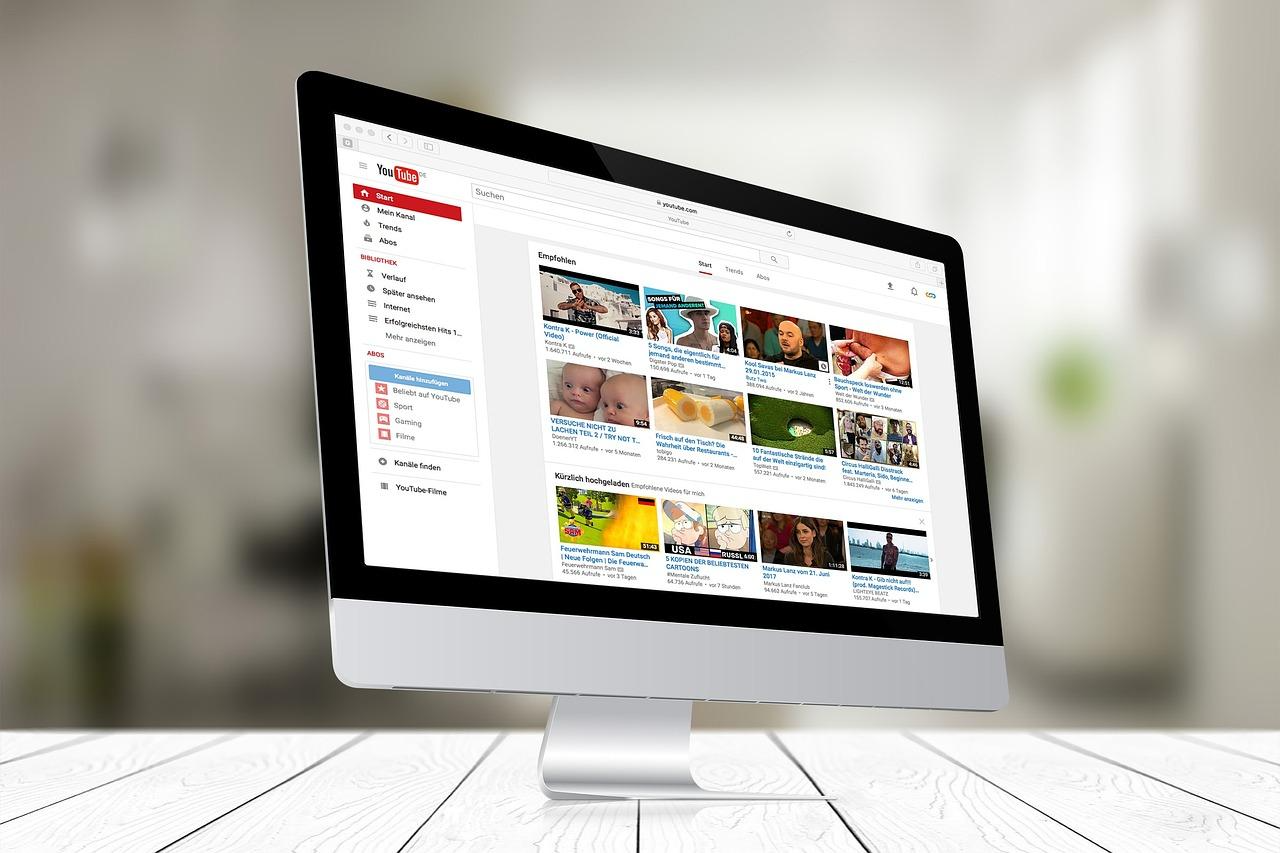
One of the side benefits of the lockdowns and work restrictions that most of us experienced at some point in recent years was the creative new ways people discovered to make money — including language teachers.
For teachers accustomed to earning their money in classrooms or by private tutoring in homes, suddenly their source of income vanished. Going online was the only option left.
Not everyone had the time or resources to develop online language course content, market it and monetize their teaching that way. Paid webinars also require a lot of work. So, video meeting software like Zoom took off and YouTube video content proved to be a godsend for many stranded teachers looking for a more immediate way to work with their language students — a trend that has continued in the post-pandemic period.
So, how can foreign language teachers make money from teaching their native language on YouTube?
Teaching comprehensible input
Before we get into the actual mechanics of making money from language teaching on YouTube, a little background is necessary.
If you stand by the traditional grammar-translation method of teaching a foreign language, plenty of opportunities exist online to teach like-minded students. But the angle that we’re coming from with YouTube language teaching is using the engaging video content available on the platform to enhance and accelerate the learning process.
The video represents a wonderful way to teach a language using Stephen Krashen’s comprehensible input methodology, which has been shown in many studies to be the best language acquisition method.
You can view a short presentation on this here:
Comprehensible input taught through compelling content in a low-anxiety environment, Krashen maintains, is the best way to acquire language — and video content is one of the best ways to do that. The right videos are engaging and include visual cues (body language) for the learner as well as aural cues, and the viewer can immerse themselves in the content so that they almost forget that they’re learning. Students start to understand messages from context and acquire the language naturally from that process.
With this method, the student absorbs vocabulary and language forms naturally without specifically being taught. While it may not be what you want to hear as a teacher of a second language, the student can learn without instruction.
Fortunately (for you), that doesn’t mean that your teaching skills aren’t required. A child will acquire language naturally from watching videos in a non-native target language but most language students have been trained in studying in other methods. However, they may have hit a roadblock in their learning and that’s where you come in….

As the teacher, you can inspire students to overcome the roadblocks and reach the near-native-level ability they aspire to. Your teaching skills alongside video content can help them get to where they want to be…
Making language videos on YouTube
The best way to teach a language is to provide instruction in the target language. So, if you plan to teach Chinese, all videos should be in Chinese — not in English talking about the Chinese language!
There are already many English-learning YouTube channels out there — so if you teach English there could be a lot of competition — but there are many opportunities for teachers of all languages to gather a good following on YouTube.
The key to making videos in the target language is to pitch them at the right level for your target students. If you’re teaching absolute beginners, of course, the vocab will need to be simple and you’ll need to talk very slowly and very clearly – like in this example from a French-learning channel:
You may also need to use body language, point to what you’re talking about and even draw sketches to demonstrate meaning and aid comprehension at times.
More advanced students can follow at a more natural pace and with greater depth of understanding as you talk about more advanced topics. This is where holding the attention of the viewer with compelling content may become more challenging — but ultimately more rewarding as a teacher.
Remember, for effective learning, students need not only comprehensible input but compelling input.
Make language videos on YouTube with no experience in teaching
If you can talk in your native language and can make videos, you can potentially gather a following of students who learn the target language from you — even if you have no teaching experience. This video shows you how.
But for now, let’s focus on language teachers looking to move their teaching to YouTube.
Setting up a YouTube channel for teaching a language
To set up your personal YouTube channel, follow these four simple steps:
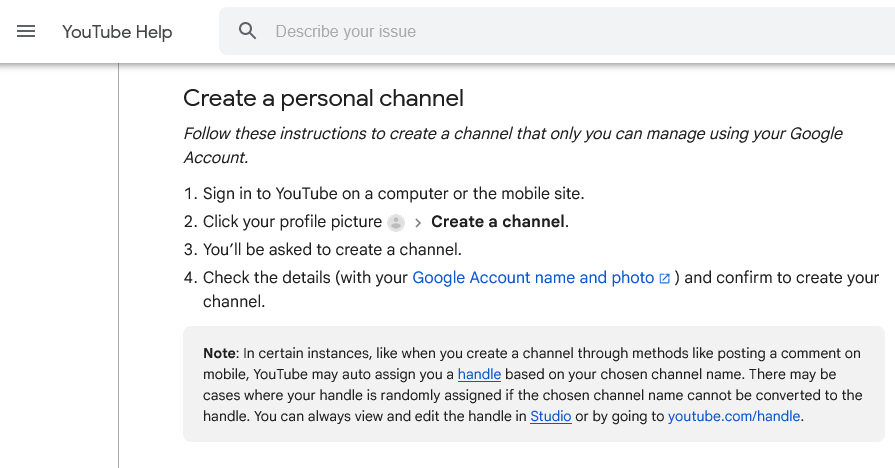
That’s it! You now have a channel for teaching comprehensive input that can help students learn a language. Once you’ve done that, why not reach out to Fingtam Languages, which maintains a list of similar channels for each language?
Making money from a YouTube Channel
The economics of teaching a language via YouTube and making money from it won’t work for everybody. Sometimes, those living in a Western country and hoping to teach English through YouTube can find it tough to make enough as it’s very competitive. It may work as a second income stream but could take some time to develop.
Under YouTube rules, to make money from its YouTube Partner (YPP) program, your channel requires 1,000 subscribers and 4,000 valid watch hours within the last year. This is to ensure that advertisers get their money’s worth when advertising on your channel. You can learn more about this here.
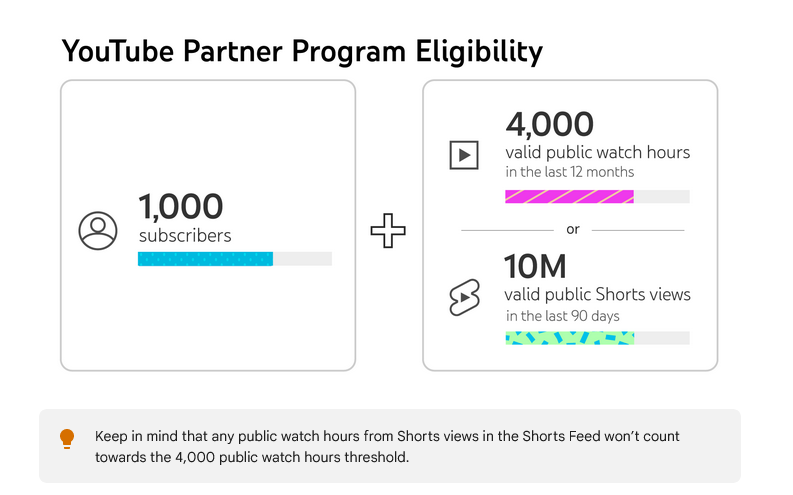
It will take time to build up a following before you make money. Once you reach the threshold, you can start monetizing the content you have already made — and any that you add — but how effective you’ll be could depend on the language you teach and where your target audience is located.
There may be more people wanting to learn English worldwide but the competition is tough. Whereas, if you’re teaching Chinese and targeting speakers in Western countries, it will be tough to get 1,000 subscribers but the competition is likely much lower.
Once you get to a healthy level of subscribers, you can consider creating an online course or paid webinars to grow your income, as you already have an audience to market to. You can learn more about making money in this way from YouTube and other methods in this video about monetizing language teaching (from a language coach with over 67,000 subscribers!)
For language teachers looking for a more immediate solution, there’s another way to incorporate YouTube videos into your teaching methods to make money — even if you haven’t monetized your channel through the YPP yet.
Use language learning apps to help you teach on YouTube…
If you teach online, either through private video tutoring, Facebook user groups or a YouTube channel, nothing is stopping you from using YouTube videos to aid the learning experience.
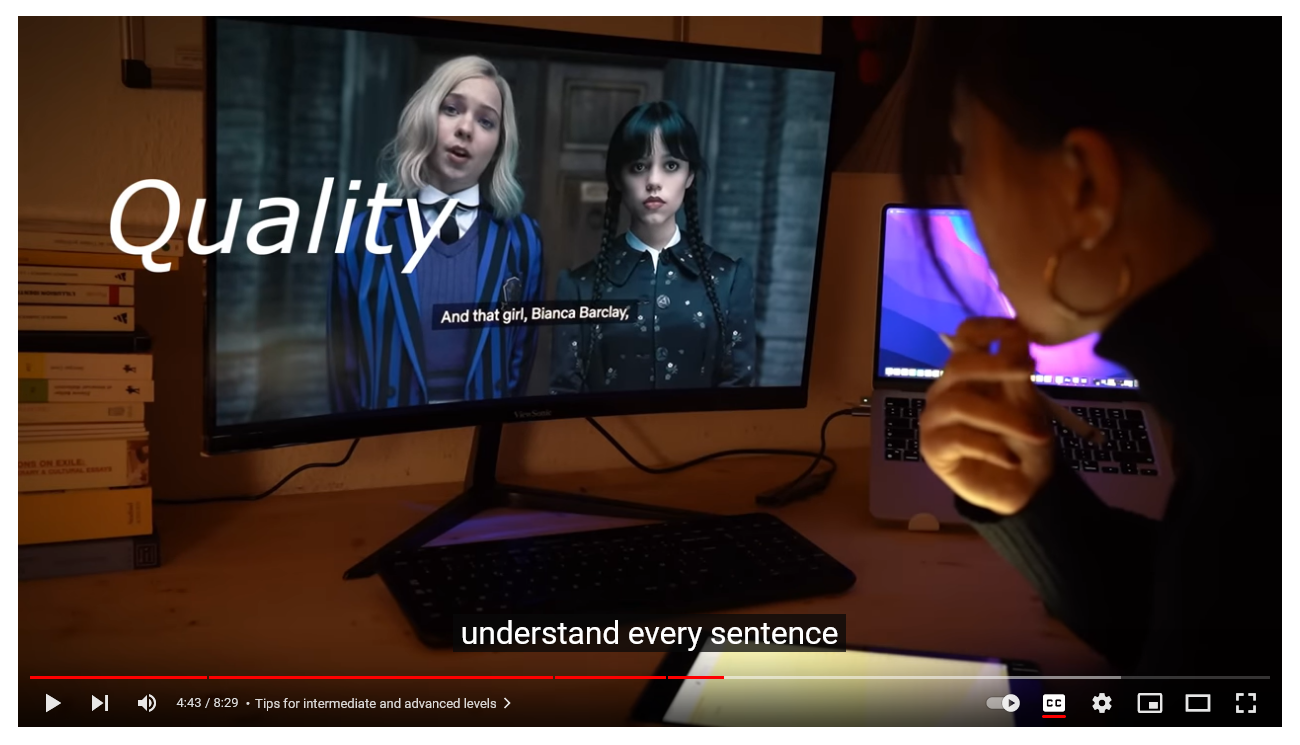
Many language learning apps exist and more are being developed every year. Unfortunately, few live up to the hype as, despite the gamification and the “bells and whistles”, they mainly use traditional grammar-translation teaching methods that fail to truly engage students.
Language teachers can incorporate compelling content into their lessons with YouTube videos — and use one of the new AI-powered language learning apps to enhance the learning experience.
If your students have been learning a language for a while and are slow to progress towards native-level proficiency, careful selection of video content in your lesson plans can make a huge difference.
Which videos to choose?
Movies, TV shows, documentaries… they’re all much more compelling than word lists like this that you see on some language-learning YouTube channels:
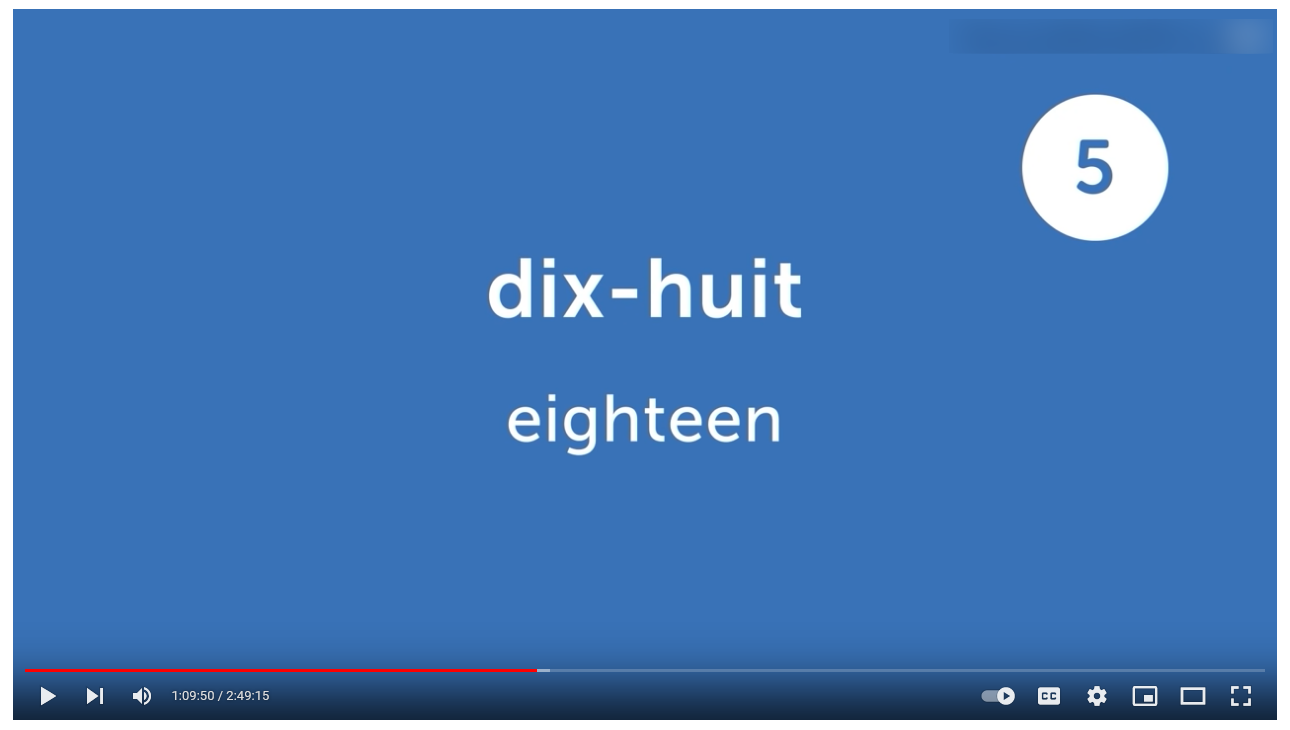
With video, students can learn about a topic in which they hold a genuine interest — in the target language, with your guidance and with the help of technology.
Our simple Chrome extension uses the best aspects of AI alongside human-based learning experiences to translate YouTube videos into the student’s native language. So, students can absorb and acquire language in context by full immersion in topics of interest, while checking vocab or grammar with the app and checking comprehension and the finer points of the language with you. It’s a powerful new learning (and teaching) aid.
And, when you’re not there, the app alone can help the student advance their understanding in the native language: comprehensible and compelling input in a low-anxiety environment,
Isn’t it time to use the tools at your disposal and help your students step up? Download the Chrome extension and check out how useful this could be for you and your students.
Read other articles:
Back to posts
